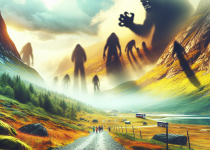Discovering the Richness of Norwegian Culture: A Comprehensive Guide
Norwegian culture is a unique blend of ancient traditions, natural beauty, and modern innovation. With a deep connection to the natural world and a strong sense of identity, Norway boasts a diverse cultural landscape that is both fascinating and captivating. In this comprehensive guide, we’ll explore the many facets of Norwegian culture, from the indigenous Sami people and historic stave churches to world-renowned artists and popular winter sports.
The Indigenous Sami People and Their Rich Heritage
The Sami people, sometimes referred to as Laplanders, are the indigenous inhabitants of the northern regions of Norway, Sweden, Finland, and the Kola Peninsula in Russia. Their rich cultural heritage includes traditional reindeer herding, distinctive handicrafts called “duodji,” and the unique Sami language with multiple dialects. Today, efforts are being made to preserve and celebrate Sami culture, traditions, and rights as indigenous people.
Stave Churches: Norway’s Architectural Treasures
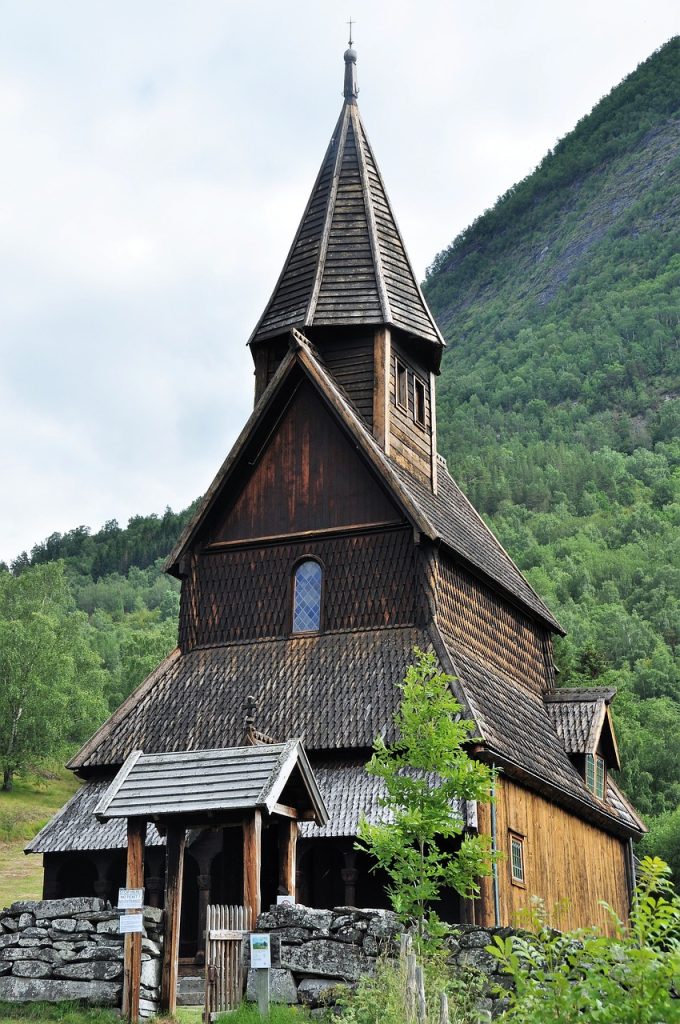
Stave churches are wooden structures dating back to the medieval period and are considered iconic symbols of Norwegian culture. These intricate and well-preserved buildings, characterized by their stave construction, are a testament to the country’s rich architectural history. While many stave churches have been lost over time, the remaining examples, such as the Urnes Stave Church, a UNESCO World Heritage Site, continue to attract visitors and preserve Norway’s cultural legacy.
Official website: https://www.stavechurch.com/
Norwegian Folklore: Mythical Creatures and Enchanting Tales
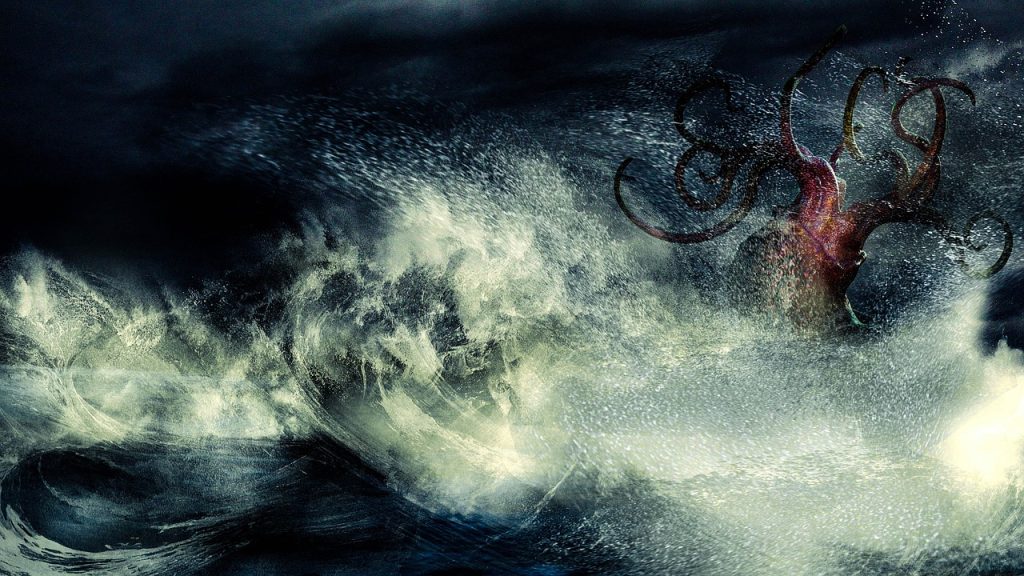
Norwegian folklore is steeped in stories of mythical creatures, heroes, and enchanting tales that have been passed down through generations. From the mischievous trolls that inhabit the mountains to the elusive Huldra, a seductive forest spirit, these legends are an integral part of Norway’s cultural fabric. The stories often reflect the country’s deep connection with nature and serve as a window into the ancient beliefs and traditions of its people.
Bunad: The Beauty of Traditional Norwegian Costumes
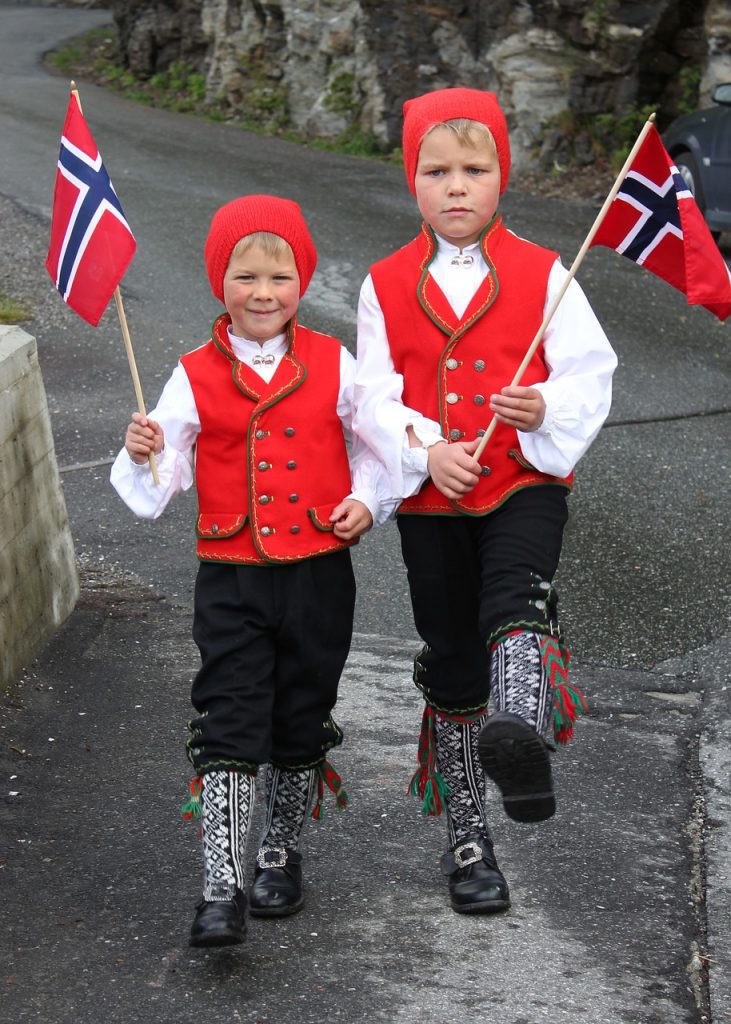
Bunad is the name given to traditional Norwegian costumes, which are typically worn during special occasions such as weddings, festivals, and Norway’s National Day. These beautifully crafted garments showcase intricate embroidery, rich colors, and regional patterns, representing the local history and identity of the wearer. The popularity of bunad continues to grow as a symbol of national pride and cultural heritage.
The Majestic Fjords: An Integral Part of Norwegian Culture
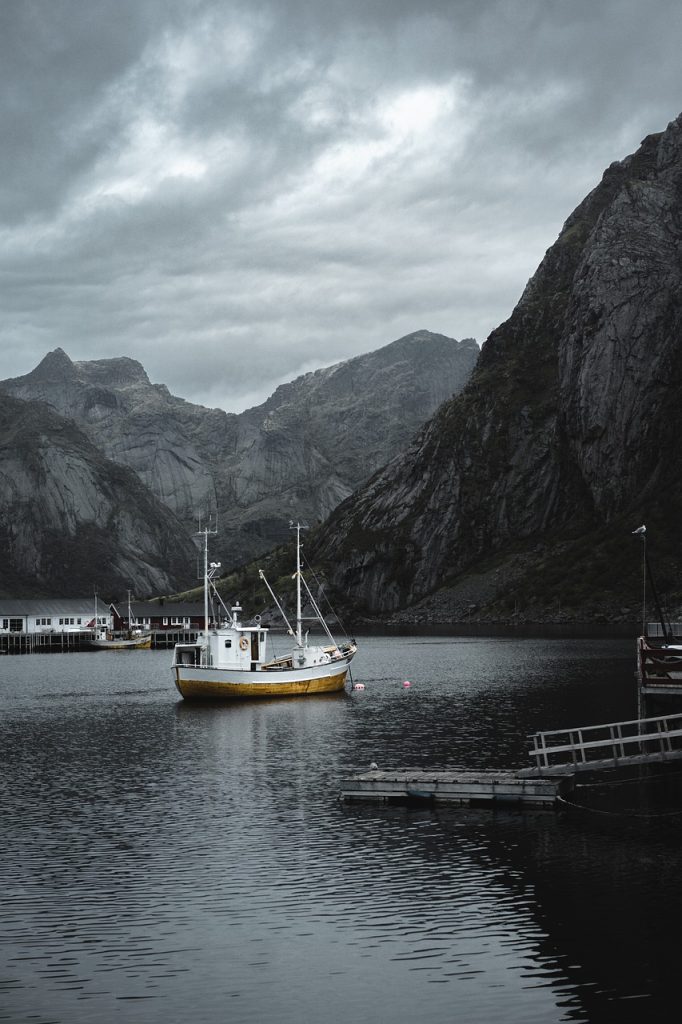
Norway is renowned for its breathtaking fjords, which are steep, glacially-carved valleys filled with seawater. These stunning formations have played an essential role in shaping Norwegian history and hold cultural significance for its people. The fjords have been home to communities and trade routes for centuries, and their continued preservation is vital for the country’s natural beauty and cultural heritage.
Vikings: Norway’s Legendary Explorers and Warriors

The Vikings, hailing from the late eighth to early 11th century, were skilled sailors, explorers, and warriors who left an indelible mark on Norwegian culture. They established trade routes and settlements throughout Europe, and their legacy is still visible in Norway’s art, language, and place names. Today, Viking history can be explored through museums, archaeological sites, and cultural events that celebrate these legendary seafarers.
Norwegian Cuisine: A Taste of Nordic Tradition and Innovation
Norwegian cuisine is a delightful blend of traditional Nordic ingredients and modern culinary innovation. Rooted in the country’s bountiful natural resources, Norwegian food features fresh seafood, game, berries, and hearty grains. Traditional dishes such as rakfisk (fermented fish), klippfisk (dried and salted cod), and fårikål (lamb and cabbage stew) showcase Norway’s culinary heritage. At the same time, contemporary chefs are redefining Nordic cuisine with innovative techniques and creative presentations, earning international acclaim for the country’s gastronomic scene.
World-Renowned Norwegian Artists and Their Lasting Impact
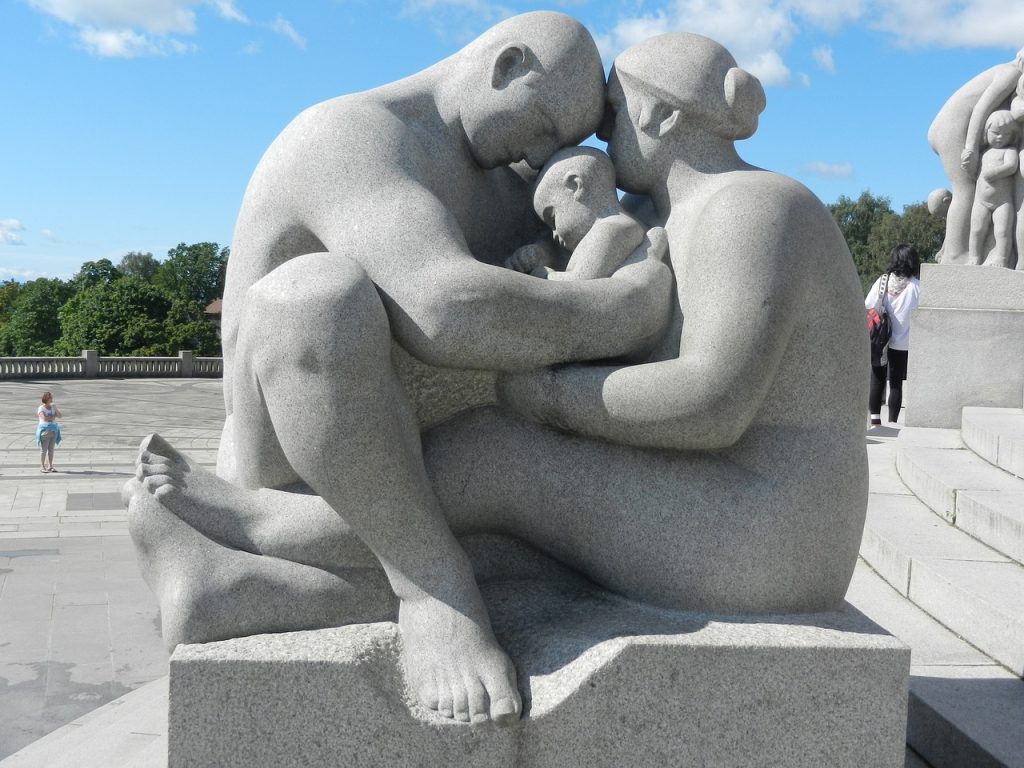
Norwegian artists have significantly impacted the global art scene, with renowned figures such as Edvard Munch, Gustav Vigeland, and Henrik Ibsen shaping the course of art history. Munch’s iconic painting “The Scream” is a prime example of Norwegian expressionism, while Vigeland’s sculptures in Oslo’s Frogner Park showcase the beauty of the human form. Ibsen’s plays, such as “A Doll’s House” and “Hedda Gabler,” challenged societal norms and remain influential in modern theater.
Winter Sports: Embracing Norway’s Cold Climate
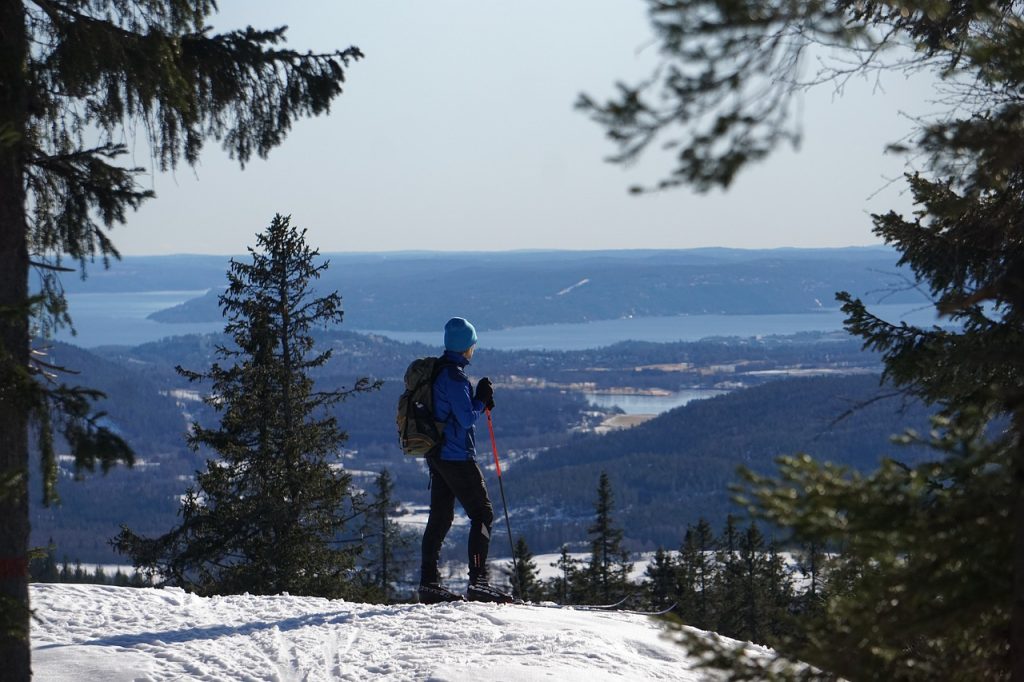
Winter sports are an integral part of Norwegian culture, with the country’s cold climate and snowy landscapes providing the perfect setting for skiing, snowboarding, and other winter activities. Norwegians have a long history of success in international competitions such as the Winter Olympics. The nation’s love for winter sports is evident in its numerous ski resorts, ice rinks, and cross-country skiing trails.
Conclusion
Norwegian culture is a rich tapestry of history, traditions, and modern innovation, which together create a unique and captivating identity. By exploring the many facets of this Nordic nation’s culture, we can develop a deeper appreciation for the Norwegian people and their lasting impact on the world.
- Norwegian Myths in Modern Media: From Literature to Video Games - August 20, 2024
- Urban Farming in Norway: Green Spaces in the Heart of the City - August 14, 2024
- Norwegian Legends: The Enigmatic Sea Serpent of Seljord - August 13, 2024
